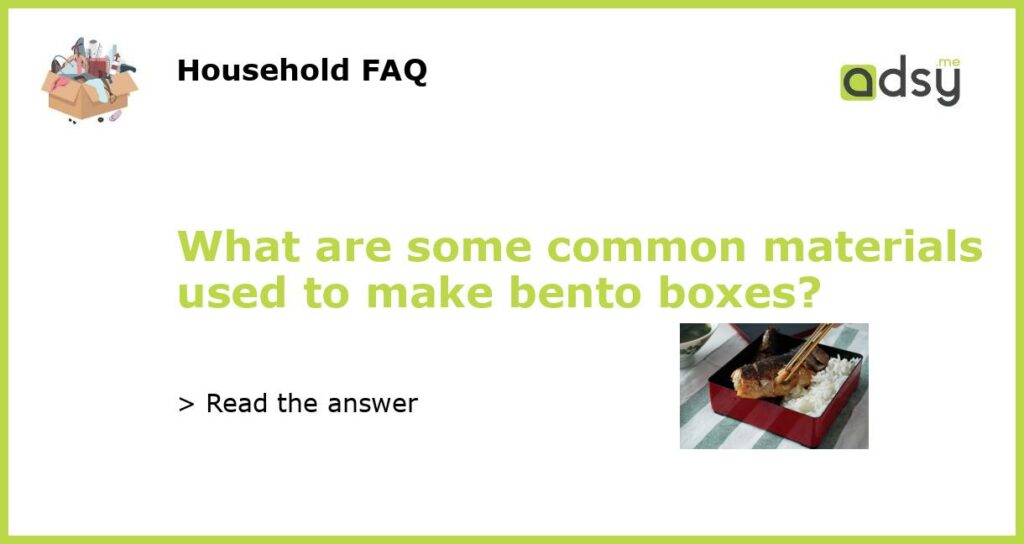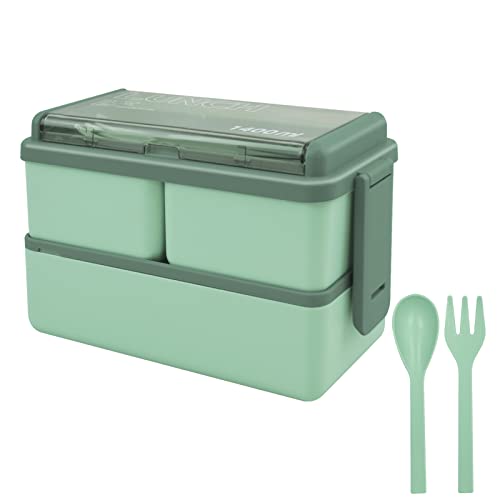Bento boxes are a type of Japanese lunchbox that traditionally consists of rice, protein, and vegetables. They have become increasingly popular in recent years as people appreciate their convenience, aesthetic appeal, and potential health benefits. While the food inside a bento box is essential, the container itself also plays a crucial role. In this article, we will explore some common materials used to make bento boxes.
Plastic
One of the most prevalent materials for bento boxes is plastic. Plastic boxes are lightweight and come in various shapes and sizes. They are also usually dishwasher safe and easy to clean. Plastic bento boxes are ideal for children or people who are always on the go. However, it is worth noting that some plastic containers may contain bisphenol A (BPA), a chemical linked to some health concerns. Be sure to check that the plastic used in your bento box is BPA-free.
Stainless Steel
Stainless steel is a durable, non-toxic, and long-lasting material that is suitable for bento boxes. Unlike plastic boxes, stainless steel boxes do not retain odors or flavors, which makes them great for packing different foods. Stainless steel bento boxes can be expensive. However, if you invest in a high-quality box, it can last for years, saving you money in the long run.
Wood
Wooden bento boxes have a rustic and natural look. They are typically made from cedar or bamboo, making them biodegradable and reusable. Wooden boxes are also less prone to condensation than plastic or steel, which can cause food to become soggy. However, wooden bento boxes are not dishwasher safe and may require some maintenance, like re-oiling, to maintain their quality.
Glass
Glass bento boxes are an eco-friendly choice as they are 100% recyclable. They don’t leach chemicals or retain flavors, making them an ideal choice to pack a broad range of foods safely. Furthermore, glass is transparent, making it easy to see the contents of the box, making it perfect for meal prepping. One downside is that glass is delicate, and if dropped, it will likely shatter, which can be dangerous.
Silicone
Silicone is a non-toxic and heat-resistant material that is gaining popularity in the bento box industry. Silicone boxes are soft, lightweight and can be made in various shapes and sizes. They can tolerate high temperatures, making them perfect for microwaving or dishwashing. However, some people may find the soft, flexible texture of silicone to be less sturdy and easy to spill.
When it comes to bento boxes, picking a material comes down to your personal preference and lifestyle. Each material has its own advantages, but they all have the ease of use and the potential to make lunchtime more organized and enjoyable. Consider the material that fits your daily routine and food habits best, making sure you’re not sacrificing safety for style or convenience. Happy bento making!






